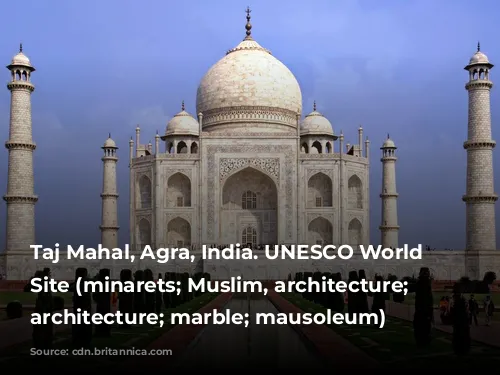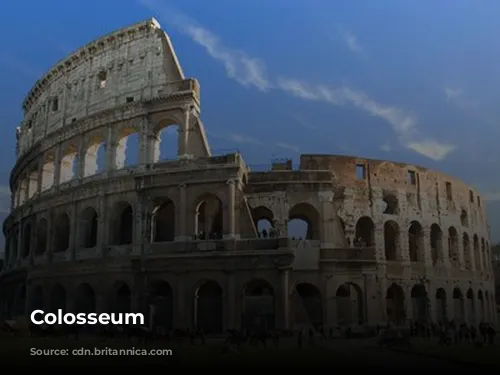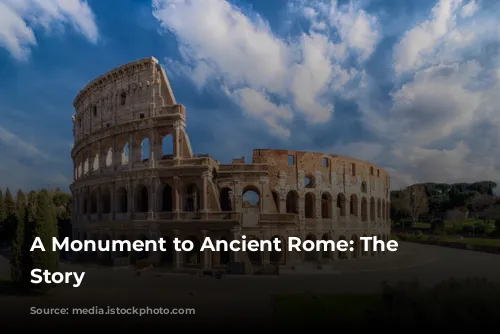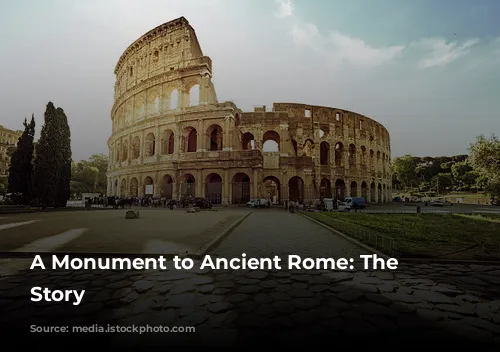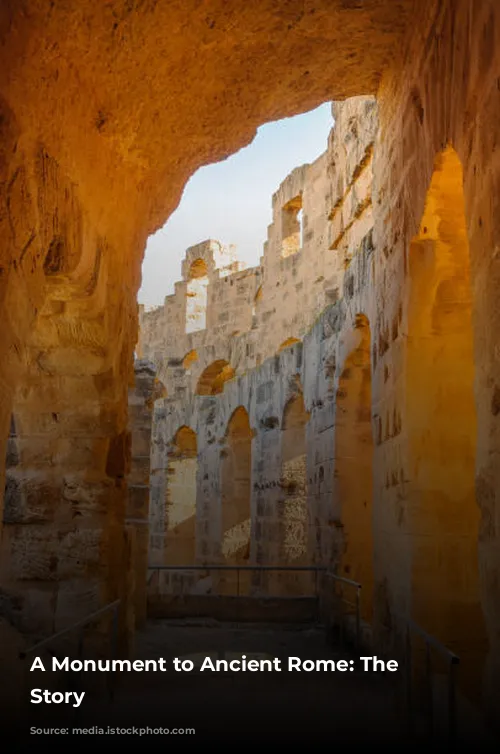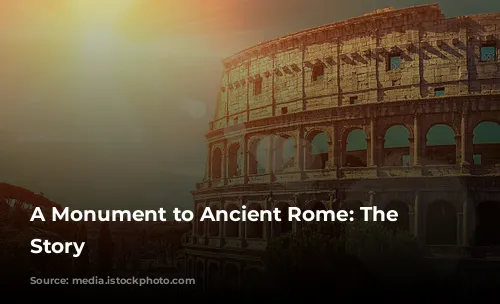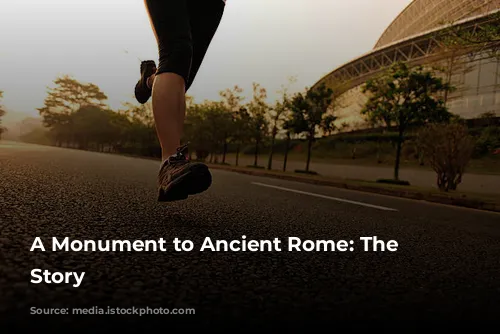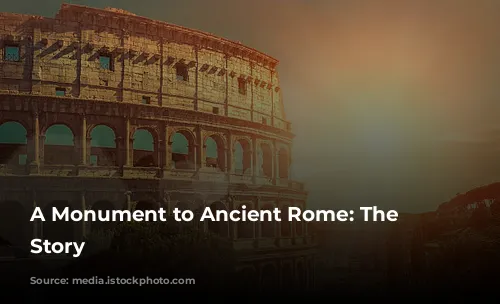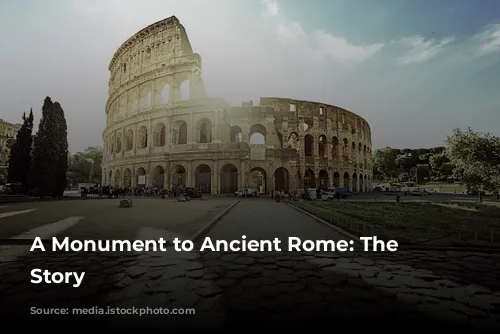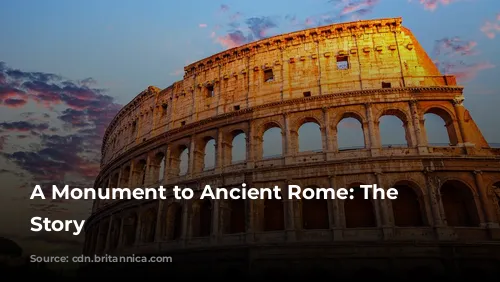The Colosseum, a majestic relic of the Roman Empire, stands as a testament to the architectural and engineering brilliance of a bygone era. More than just an ancient marvel, it is a significant contributor to Italy’s economy, drawing millions of tourists each year. In 2018, the Colosseum, along with the Roman Forum and Palatine Hill, generated over $63.3 million (€53.8 million), making it the most lucrative tourist destination in Italy.
A History of Neglect and Revival
Despite its grandeur, the Colosseum’s history has been marred by periods of neglect and even destruction. After the fall of the Western Roman Empire, the arena fell into disrepair. In the 12th century, it was repurposed as a fortress by powerful Roman families. The 15th century saw the Colosseum being used as a quarry, its magnificent stones stripped away for other projects. For over a thousand years, this once-glorious structure languished in a state of utter abandonment. It was only in the 1990s that dedicated restoration efforts, funded by the Italian government, began to bring the Colosseum back to its former glory.
A Legacy of Entertainment and Imperial Power
The Colosseum’s construction was a symbol of the Roman Empire’s power and its desire to reassert its dominance after a turbulent period. Built during the reign of Emperor Vespasian, the Colosseum was intended to be a grand entertainment venue, hosting thrilling spectacles for the Roman populace. The arena witnessed gladiatorial combats, ferocious animal hunts, and even elaborate mock naval battles, captivating thousands of spectators.
A Monument of Stone and Spectacle
The Colosseum, a massive amphitheater, was built by the Flavian emperors, leaving an enduring mark on Roman history. It’s an imposing structure, crafted from stone, concrete, and tuff, soaring four stories high. Measuring a staggering 620 by 513 feet (189 by 156 meters), it could accommodate a massive crowd of up to 50,000 spectators. The Colosseum’s construction, funded by the spoils of war, was a testament to Roman ambition and power.
A Symbol of Roman Power and Entertainment
Standing just east of the Palatine Hill, the Colosseum replaced Nero’s lavish Golden House, a symbol of the emperor’s extravagance. This deliberate choice was as much symbolic as it was practical. Vespasian, a ruler who rose from humble beginnings, sought to replace the tyrant Nero’s private lake with a public amphitheater, a place for the people to gather and be entertained.
An Architectural Marvel
The Colosseum’s construction was a feat of engineering, showcasing the Roman’s expertise in building grand structures. Unlike earlier amphitheaters, which were often built into hillsides for support, the Colosseum was a freestanding marvel, constructed using a complex system of vaults. The structure’s facade, adorned with three stories of arcades framed by columns, showcased the Roman’s understanding of architecture and design. This elegant arrangement of columns became a cornerstone of Renaissance architecture.
A Venue for Thrill and Spectacle
The Colosseum was more than just a building; it was a stage for thrilling spectacles, designed to entertain and awe the Roman populace. The arena could accommodate up to 50,000 spectators, who were shielded from the sun by a retractable awning, manipulated by hundreds of Roman sailors. The Colosseum witnessed countless gladiatorial combats, animal hunts, and even mock naval battles, captivating the Roman people with their grandeur and brutality.
A Legacy of Endurance
Despite its turbulent history, the Colosseum has endured, standing as a symbol of ancient Rome’s enduring legacy. Over the centuries, the Colosseum was used as a church, a fortress, and even a quarry. However, despite facing damage from lightning, earthquakes, and vandalism, the Colosseum has remained a symbol of Roman resilience. Preservation efforts began in the 19th century, with major restoration projects launched in the 1990s. Today, the Colosseum stands as one of Rome’s most popular tourist attractions, welcoming millions of visitors annually. The Colosseum continues to captivate the imagination, reminding us of the grandeur and spectacle of ancient Rome.
